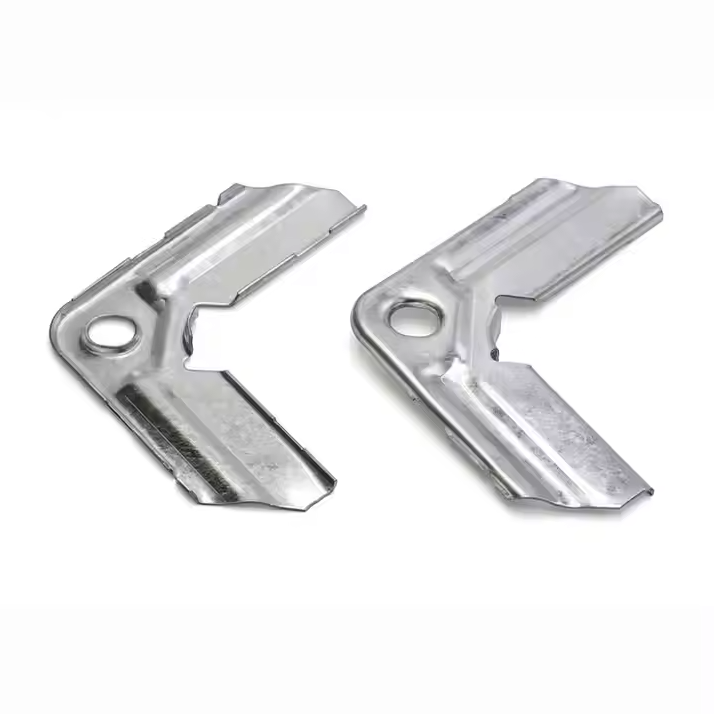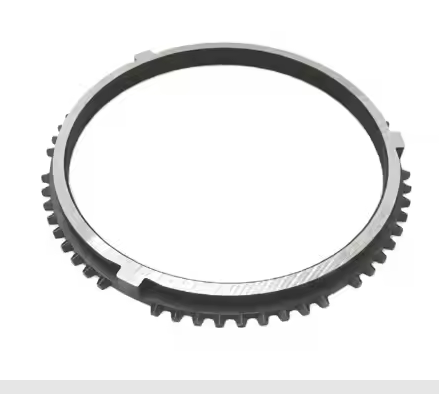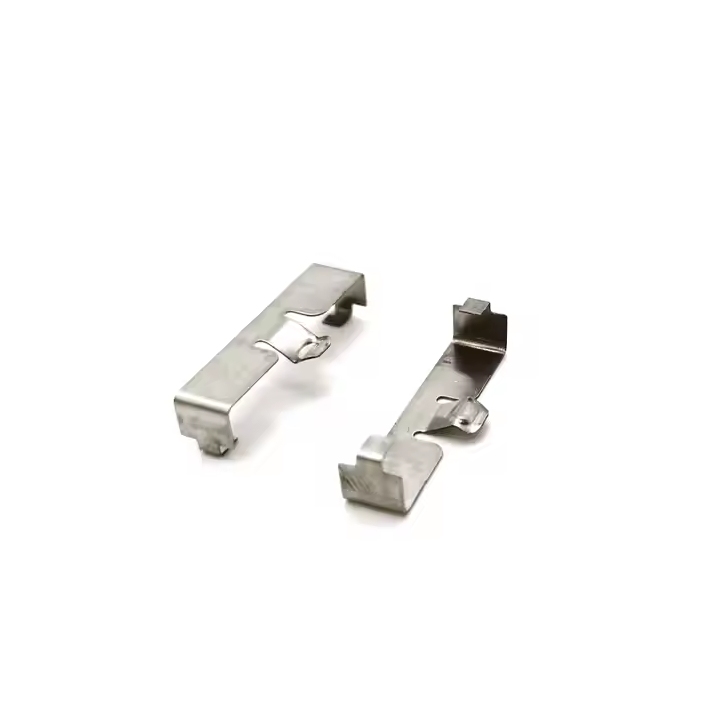With the rapid development of artificial intelligence, automation technology and robotics, traditional industries and service industries are undergoing profound changes. In this process, autonomous mobile robots (AMR), as an important transformation automation tool, are gradually becoming an important tool for various industries to improve production efficiency, reduce costs and optimize work processes.

AMR (Autonomous Mobile Robot) Definition
AMR (Autonomous Mobile Robot) is a robot that can sense the environment, make decisions and perform tasks autonomously, usually without direct human control. AMR relies on built-in sensors, navigation systems and intelligent algorithms to perform autonomous positioning and path planning. It can independently complete tasks in a dynamic environment and has certain learning and adaptability.
Unlike traditional AGVs (Automated Guided Vehicles), AMR has higher flexibility and autonomy, does not rely on fixed formulas or paths, and can make autonomous decisions based on real-time environment and tasks. AMR widely meets the needs of industry, logistics, logistics, services and other fields, such as automatic transportation, loading and unloading, inspection, monitoring environment, etc.
Characteristics of autonomous mobile robots
Autonomy: AMR can make decisions independently in complex environments without human control.
Intelligent navigation: Obtain visual environment information through sensors and systems, perform path planning and real-time adjustments.
Multi-sensor fusion: Combine multiple sensors such as lidar, radar, camera, IMU, etc. to improve positioning accuracy and environmental perception.
Flexibility: Able to adapt to different working environments and perform multiple tasks.
Real-time: Rely on efficient control systems to process data and respond in real time.
Advantages of autonomous mobile robots
Improve efficiency: Automated operations reduce labor requirements and improve work efficiency.
24-hour work: AMRs can work continuously, rest in habitats, and adapt to heavy work.
Safety: Reduce human errors, especially when working in dangerous environments, to avoid employee injuries.
Flexible adaptation: Ability to make autonomous decisions in complex and dynamic environments, combined with external environment
Disadvantages of Autonomous Mobile Robots
Increased costs: AMRs require more initial investment, especially the cost of hardware, sensors, and development systems.
Strong technical requirements: Available sensors and complex algorithm requirements may make it difficult to repair the system when it fails.
Environmental notices: In extremely complex or unknown environments, AMRs may need to adapt in a short period of time or even fail to work effectively.
Limited cargo: Most AMRs have limited carrying capacity and cannot handle heavy loading and unloading.
The role of autonomous mobile robots
Automated transportation: In production lines, warehouses or factories, AMR is used to transport inventory or products, replacing manual handling and improving efficiency.
Environmental monitoring: AMR can be used to collect environmental data, conduct inspections, clean or detect dangerous areas.
Service industry: In hotels, hospitals and other places, AMR can perform automatic goods, cleaning and other services.
Unmanned warehouse: In the field of logistics, AMR has realized the last mile of unmanned warehouses, improving logistics efficiency.
Application fields of autonomous mobile robots
1. Industrial manufacturing and production
Warehousing and handling: AMRs are widely used in factories for warehousing and handling, especially in complex production environments. They can transport raw materials, parts and finished products between production lines, warehouses and production workshops, greatly reducing the need for manual handling and improving logistics efficiency.
Automated warehouse: In the intelligent gateway system, AMRs help to realize the automatic picking, handling and storage of items through autonomous navigation, path planning, obstacle avoidance and other functions.
Smart factory: In smart manufacturing, AMRs can automatically perform tasks such as warehouse, equipment inspection, and parts assembly to improve production efficiency and optimize production processes.
2. Warehousing and logistics
Cargo components: In the field of logistics and components, AMRs widely evaluate automatic handling, sorting and components in warehouses. They can efficiently complete the entire process from warehousing to outbound delivery of goods through autonomous positioning, path planning and environmental loading technology.
Automated commodity center: AMRs optimize commodity routes and times through integration with artificial intelligence and data analysis systems, and improve the overall operational efficiency of logistics and commodity centers.

3. Medical and Health
Hospital Material Risk Completion: In hospitals and other medical institutions, AMR widely evaluates medicines, medical devices, materials and other materials, reduces manpower consumption and reduces cross infection.
Sample Transportation: AMR can be responsible for the safe transportation of pathological samples, test results, medicines, etc. in hospitals or laboratories, ensuring the safety and efficiency of transportation.
Disinfection and Cleaning: In hospitals, public areas and offices, AMR wheelchairs are used as automatic cleaning robots to clean and disinfect the ground, which helps reduce labor costs and ensure environmental hygiene.

4. Service industry
Hotel and catering services: AMR is used in the hotel and catering industry to provide automated room service and catering products.
Intelligent guidance: In large public places such as shopping malls, museums, and airports, AMR can be used as a guide robot to provide navigation services to customers, helping them find the desired destination or exhibits, and enhancing the user interaction experience.

5. Agriculture
Precision agriculture: In modern agriculture, AMR is used for automated tasks such as crop monitoring, fertilization, and sprinkler irrigation. AMR can monitor the growth of masks through sensors and cameras, detect pests and diseases, and autonomously perform corresponding agricultural operations.
Automatic picking and weeding: Some types of AMR can automatically perform instant picking or weeding, especially in orchards or greenhouses, reducing farmers' labor intensity and improving production efficiency.

6. Public safety and environmental monitoring
Inspection and monitoring: AMR can be evaluated for inspection and monitoring tasks of buildings, automatically performing functions such as safety inspections, smoke detection, and fire alarms.
Environmental monitoring: In cities and industrial areas, AMR can be used for air quality monitoring, water quality testing, garbage cleaning, etc., collecting data through sensors and analyzing it in real time, which is conducive to environmental management and pollution control.
7. Military and defense
Unmanned patrol and patrol: AMR can conduct autonomous patrols in unsafe battlefield environments and transmit enemy information in real time.
Hazardous goods handling: When handling explosives, chemicals and other dangerous goods, AMR can replace manual high-risk tasks to ensure personnel safety.

The control design sequence of autonomous mobile robots can play a role in the field of automation and automation. Its autonomous navigation, flexibility and high efficiency make it play an important role in many fields such as transportation and manufacturing, gradually replacing traditional manual operations. With the development of autonomous mobile robots, the cost is gradually reduced, the technology is constantly improving, and the existing limitations are gradually resolved, becoming a more widely used intelligent device.





